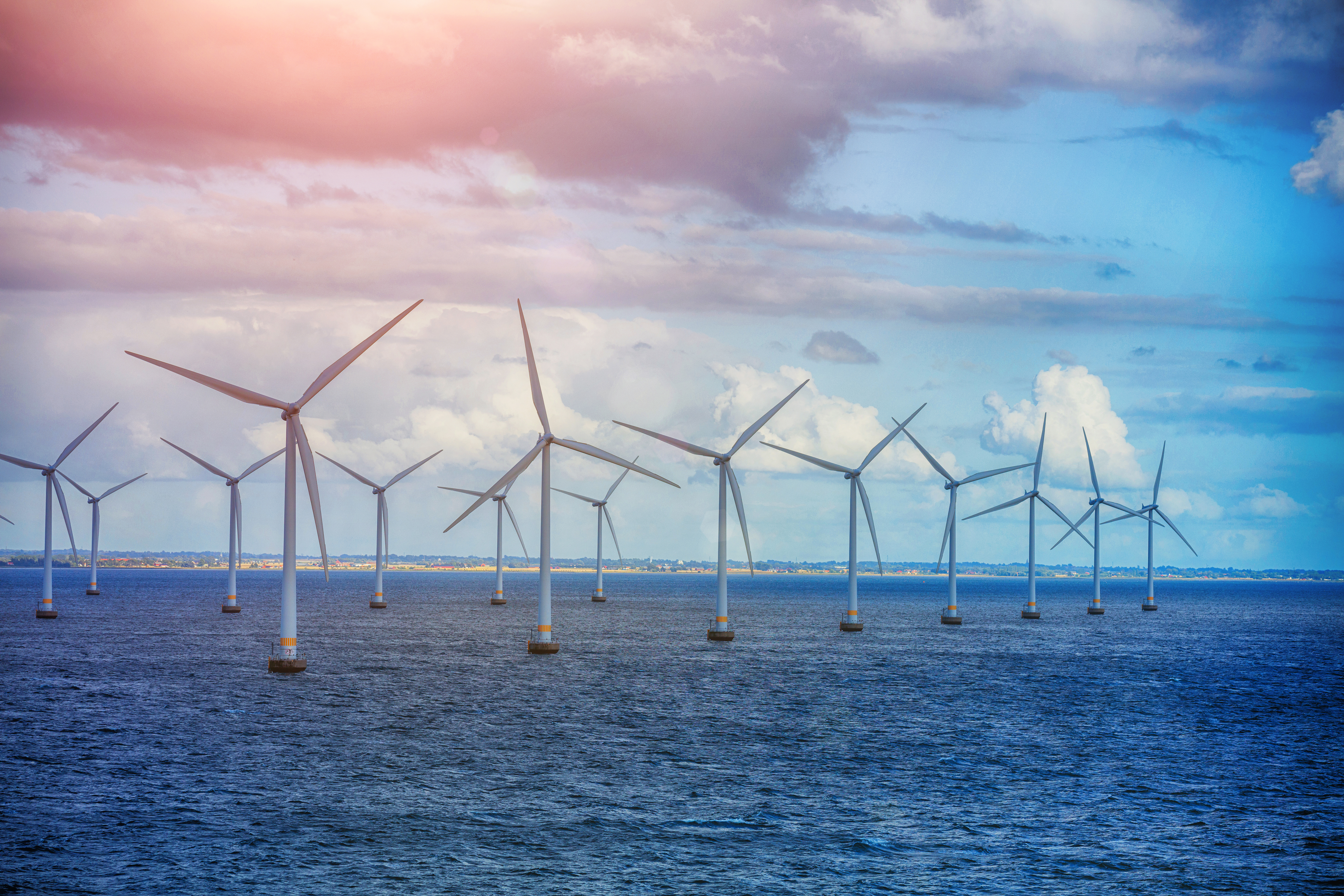POTENTIAL CAPACITY OF OFFSHORE WIND
The UK government has recently revealed its new and ambitious strategy for wind generation it the long awaited Energy Security Strategy. The strategy, which comes in light of rising global energy prices and the Russian invasion of Ukraine, acknowledges the need to move away from fossil fuels.
The government has set a goal of 95% low carbon electricity by the end of the decade and to help achieve this monumental task, a new study needs to be conducted to gauge the potential scale and generation of developing wind farms off the UK coastline. The need to generate an estimated 50GW of clean energy needs to be generated through offshore wind farms however, the space available and the effects on ocean life is yet undetermined when implementing wind farms at such a large scale.
Arup, on behalf of the Department for Business, Energy and Industrial Strategy (BEIS) and the Crown Estate, has conducted the new research into Future Offshore Wind Scenario (FOWS). This study was conducted to provide clarity on the achievements, costs, technologies available and the impact of large scale windfarms on the marine life and wildlife in areas adjacent to them.
In conclusion it is reported that spatial and cost implications of these heavy targets have been highlighted and makes the suggests that floating offshore wind must be more readily considered as a means to achieve targets, as it is less restricted by an access to space and less invasive to the marine life.
Energy Minister Greg Hands commented: “We are already a world leader in offshore wind. This report will help inform the UK’s future deployment of renewable energy, reducing our exposure to volatile global gas prices and boosting our energy security.”

Will Apps from the Crown Estate added: “This study, supported through our Offshore Wind Evidence and Change Programme, for the first time places the nation’s net zero offshore wind ambitions into a spatial context, providing an excellent evidence base for policymakers, the industry and broader stakeholders to use as they work together to deliver this potential, vital for UK energy security and the green economy.”